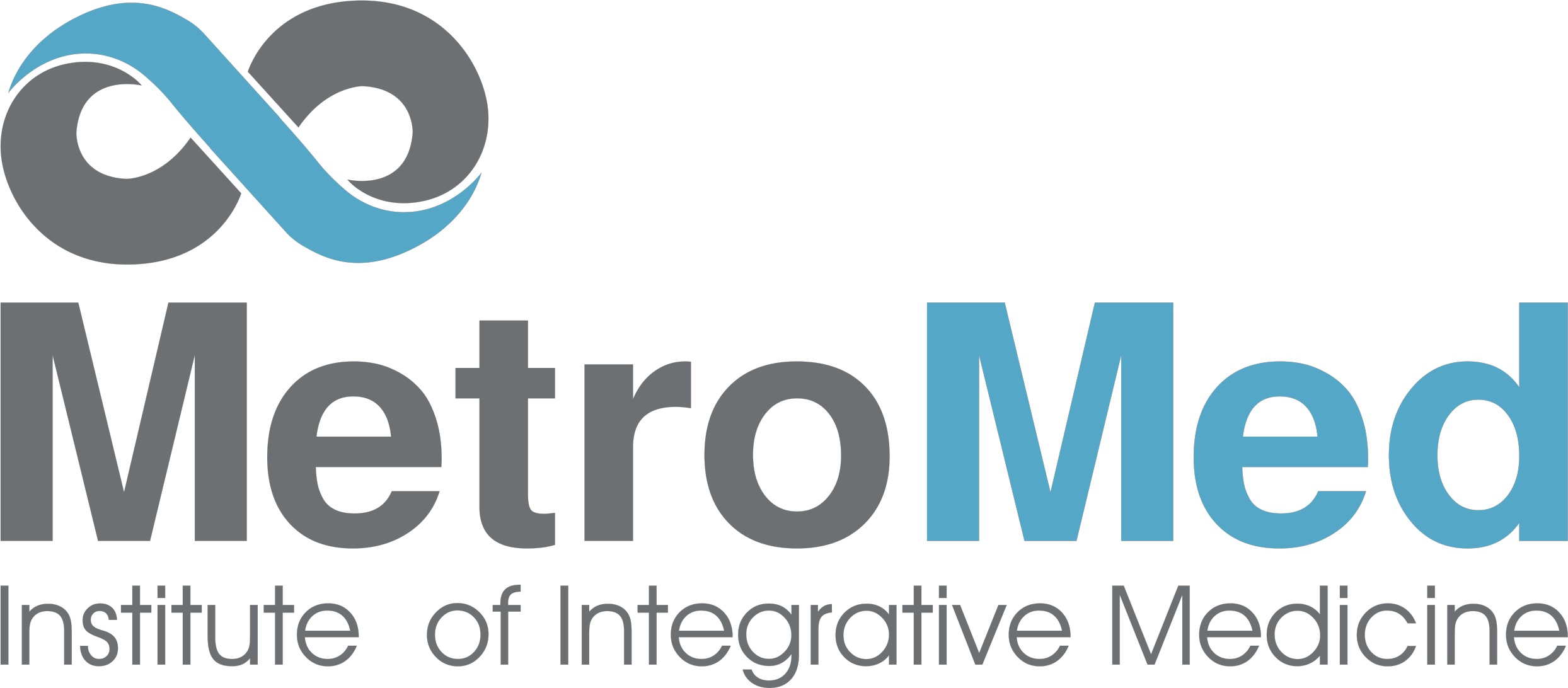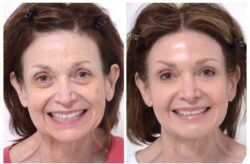DNA or Deoxyribonucleic acid is the matter that encodes every cellular product in human and almost all animal cellular biology. It is the blue print for everything the human body is made of. It is the very code encrypted with information to the structure of hair, skin, hormones etc. For this very reason human DNA soon became the core of modern day science. Biologist, physicians, most scientists in some way were working or wanting to understand its complex structure. In 1953 Watson and Crick presented the first model of DNA. They discovered that DNA was a double stranded helix of deoxyribonucleic acids. At this point it was a newly discovered strand of nucleotides encapsulated within every cell. Form this point forward the ability to read and decode the meaning of DNA became the central most focus. Discovering the basic code of adenines, guanines, thymine, and cytosines are the simple alphabet of DNA. Then understanding every three nucleotides coded for one amino acid. Which then can be added together to make the different proteins associated with the human body. Basically at this (Prior to 1990) scientist fully understood what DNA was and basic functions, but still were working to fully sequence the human genome. The genome needed to be solved in order to understand how human cells work. If the genetic code were cracked every person would have the ability to use that code to prevent or accelerate certain genes the patient has.
Naturally, scientist worked constantly to understand and sequence the full structure of human DNA. In other words what this long strand of nucleotides really meant. Eventually in 2003, by a collaboration of scientist around the world, the entire series of DNA in a human cell (or the genome) was fully read and interpreted. This accomplishment is referred to as “the human genome project. This break through finally gave the world an insight into how to read DNA. Giving science a new way to approach cellular biology. Instead of using medication to cover symptoms like Diabetes a doctor could actually see if this patients cells would naturally be at high risk for diabetes. Or how about knowing a patients cells are more likely to express genes that signal for certain cancers. This idea of the ability to know how every cell in a patients body works gave scientist a whole new approach to cellular biology. (For the sake of time this book will only discuss the ways the human genome project has given numerous new outlets for human medicine).
Since DNA is the code or blue print for everything our bodies are composed of we can now manipulate this code to function in our favor. DNA is the codes cellular phenotype, or the observable characteristics that create every human. The shape of a patients nose, having high blood pressure, the color of their eyes, these are all examples of phenotypes. DNA is like a recipe book. This book is composes many types of dishes from Chinese to Mexican cuisine. These cultural dish subsets in the book are like genes within the human genome. Each section is a nicely written recipe that allows the cook to make one dish a dish. In the terms of DNA, each gene codes for one protein that the cell can use. This protein can be anything from a structure that is used to harden the cell to a hormone being excreted to signal to other cells. Ultimately DNA is the reason someone looks the way they look. DNA is the recipe for our bodies. Once the entire recipe book is known scientist have the ability to create any of the dishes within.
Today the medical field has the ability to use the human genome to further aid patients. The entire genome as a reference database has been published multiple times. Genome databases are accessible to anyone with Internet connection. This is now the largest a complete cookbook of the entire human body. The human genome has been published many times and is easily accessible through many online agencies. Easily accessible websites give the ability to find any gene on any of the 23 chromosomes in a human genome. Each one of these genes codes for one of the many human traits, and all together making the entire genome. For example we now know that genes APP, PSEN1, or PSEN2 are associated with Alzheimers disease. A person with these genes actively expressing are at higher risk for Alzheimers. Many doctors are prescribing generic medicine that masks patient’s symptoms. Instead of guessing the way a patient cells work and responds to a pharmaceutical, the medical world now can use the human genome to personally treat every patient. This method of finding genes allow clinicians to pre-diagnose a diseases a patient is at risk for, diseases they are carriers for, drugs they would have adverse responses to and just physiological traits they posses. By knowing a patients genome we have the ability to foresee how the patients body works.
Many diseases are commonly expressed in the human genome prior to the patient even having the disease. Within the genome a patient can determine if they have elevated risks for many diseases. Diseases that are traceable include Multiple Sclerosis, Gout, Cancers and well over one hundred other diseases. This gives a physician the ability to help prevent some of this disease before symptoms occur. This can be done through a multitude of outlets. A patient is going to have to follow a certain course of life through diet, nutrition, exercise, etc. By adjusting certain areas of a patients life they can actually help prevent numerous diseases they are prone to having. It is almost like being able to look into a window and see how a patients body could be in the future if living a certain way of life. For instance, a patients genome shows it contains a large portion of genes that code for an environment for high blood pressure. Which ultimately could lead to a tragic heart attack. By knowing this information about how a persons cells work, we can actually alter their lifestyle, which can actually decrease the expression of a high blood pressure environment. Physicians can now somewhat foreshadow pathological times in life through sequencing a patients genome and by making some small lifestyle adjustments..
If a patient is a carrier of a disease it puts their children at risk. The entire genome is composed of many genes, each coding a specific trait. Sometimes a patient can carry a gene for a very tragic disease but not express the trait. This is because every trait is written in the genome by two genes. One gene for the trait inherited from a mother and one trait inherited from a father. Sometimes one parents gene for a trait can be dominant over the other parents trait. For instance brown hair, a patients genome can actually have one gene for brown hair and one gene for blonde hair. However, since brown hair is the dominant gene the trait that the person would have brown hair. The blonde hair gene is now expressed. If a patients DNA is sequenced they are able to see what genes they are carriers for. Carriers are sequenced for copies of genes that are not expressed. This gives future parents the ability to see what traits they might actually pass down t. Parents can carry genes for many commonly known conditions and not express it because the gene is dormant. This is very common with conditions such as sickle cell anemia and many other threatening diseases. If two parents have an offspring with the same genotype of this dormant gene for a condition such as Sickle cell, they could produce a child with sickle cell anemia. This happens when the child receives the recessive or non-expressing gene from both of their carrying parents. This gives parents many choices before creation to know potential risks for their baby.
The pharmaceutical world will forever be changed by the discovery of the genome. Before a patient is prescribed a generic drug, they can actually determine how their body would react to it based on their DNA. Once DNA is sequenced there are certain regions of genes code for the way a patients cells would respond to different pharmaceuticals. Before a patient is diagnosed with countless anti-depressants to see which one works for them we can actually determine this before hand. This can be done with a range of medications. Besides diagnosing harmful drugs to a patient that just mask or lessen symptoms we can see how and why they have their diagnosis. Physicians can now prescribe cellular medicines that correctly respond to correct and maintain proper cellular functions. Restoring functions that are physiologically normally and will benefit the overall health of the patient. These cellular products are going to be customized to allow every cell to work in a manner that corrects phenotypic signals to a physiologically normal state. Prescriptions will be tailored to stabilize every biological process. There will not be a simple lab created drug that is supposed to help relieve symptoms. Rather the pharmaceutical world will embrace a multitude of elements to naturally improve. The process replacing what cells are missing, rather than a created substance to mask a symptom, is going to be the new path the pharmaceutical world is following.
Lastly, human DNA encompasses the exact traits that can be presented in phenotype. Deep within DNA there is a code for every trait that a patient can physically express. Being hair color, eye color, etc. But it also shows more extensive phenotypic markers relevant to medicine such as lactose intolerance, high blood pressure, or good memory. There thousands of markers now available to be sequenced and many observable traits within the genome.
All of these markers can be found for any patient. All of this information gives clinicians a new way to do a health history on a patient. It gives a clinician newer ways to help prevent diseases that a patient is prone to. It allows clinician to know whether or not prescribe a potentially hazardous pharmaceutical before use. DNA is a recipe book for human life. Medical professionals can now have all the recipes before treatment.


